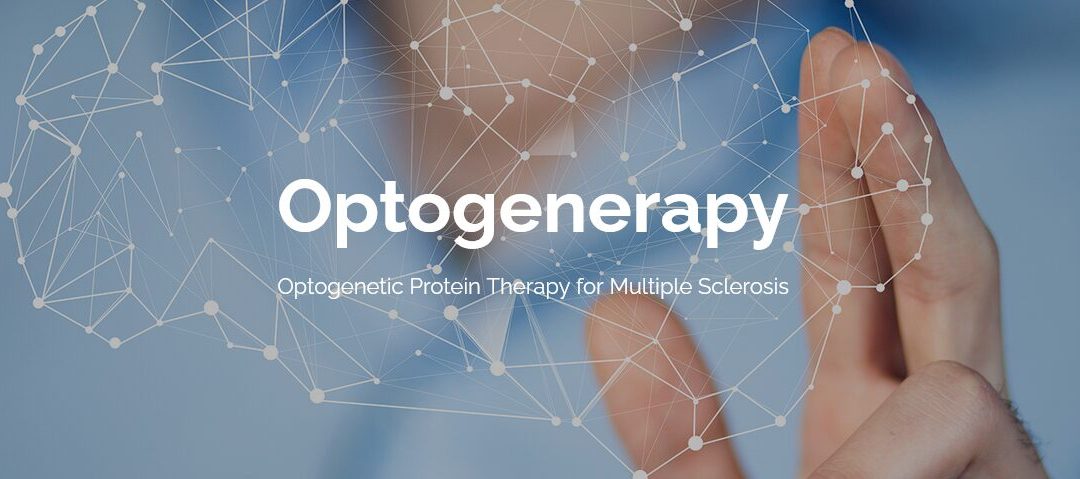Optogenetic protein therapy for multiple sclerosis
The Optogenerapy project aimed to develop and demonstrate a new optogenetic implant for the delivery of interferon beta-controlled protein (IFN-ß) for the treatment of patients with multiple sclerosis. The implementation of electronic systems in the human body has led to numerous medical advances, but clinical trials based on cell therapy have shown serious adversities, such as tumor formation or transmission of infectious agents. The Optogenerapy project addresses this urgent clinical need for safe cell-based protein delivery therapies and applies the results to improve the quality of life of patients suffering from Multiple Sclerosis.
ASE Optics Europe: the key role of optics in delivering light efficiently to cells for drug generation.
ASE Optics Europe was responsible for the optical design of the implant. This task is critical to the functionality of the implant and impacts the efficiency of cell illumination via a remotely controlled LED.
We developed light-guiding concepts in micrometer-sized channels, using a combination of refraction, reflectance and total internal reflectance and surface properties, which collect the light from the miniaturized LED and guide it from the implant to the cells. Then, micro-features of the waveguide surfaces are used to release the light homogeneously to the cells.
In this video, our RD manager, Thomas Siegel, explains in detail our involvement in the project:
https://youtu.be/YKPQ07cFIeM
Technological objectives of the project:
- To develop a miniaturized implant that includes: a cell chamber, a biocompatible plastic optics frame, and a membrane with a pore size designed for optimal therapeutic protein delivery.
- Develop stable therapeutic cell lines by maintaining the interferon transgene under the control of a synthetic optogenetic pathway.
- Develop a miniaturized wireless NIR light source.
- To develop in-silico modeling tools suitable for the development of the therapeutic cell line considering the activation of the optogenetic pathway and the administration of IFN-ß.
- To develop an industrial microinjection process for the manufacture of a minimally invasive implant.
- Validate the appropriate sterilization protocols for the implant.
- To demonstrate the biocompatibility and therapeutic efficacy of the new implant “in vitro” and “in vivo”.
Clinical objectives
- Demonstrate improved health through continuous low-dose drug delivery that would prevent relapses and delay disease progression in the neurologically deteriorating stages.
- Define a clear regulatory process for advanced therapy medicine.
Consortium members
Liderado por EURECAT- Centre Tecnológic de Catalunya (Barcelona, España), el consorcio estaba formado por 11 socios de 7 países europeos diferentes. This team brought together and integrated knowledge and experience in clinical research, manufacturing expertise and capabilities, and knowledge of the medical device industry, ensuring that the resulting prototype, which was preclinically validated, would meet the demands of the market.
More information on the official project website: OPTOGENERAPY.

